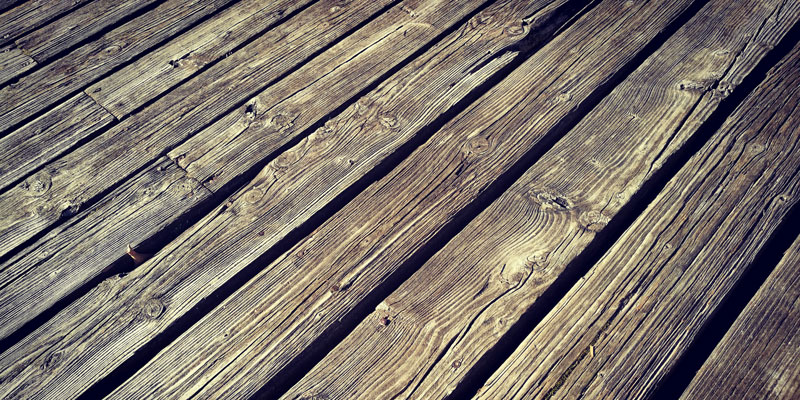5 Signs of Dry Rot Wood Decay
Whether you're a new home buyer or you're just fixing up the old shed, the last thing you want to come across is dry rot wood decay. Dry rot is something that can be very problematic for property owners, especially when it starts spreading. Often, dry rot is something that starts in a less visible place, like in between walls, and could take months before showing itself.

Dry rot is a damaging type of fungal decay found in timber that often occurs in poorly ventilated areas of buildings, normally resulting in cracking or crumbling of the wood. Dry rot spores alone are a health issue, as they indicate excessive dampness in the house, which could cause respiratory problems. Dry rot also weakens the wood, which makes it less reliable and could collapse a foundation.
Dry rot can affect painting projects too. It can cause your paint to peel away or chip. It is best to replace the wood before painting, but there are quick solution paints just for dry rot if replacing the wood is not an option. Be on the lookout for these signs of dry rot:
- Musty smell: Probably one of the most obvious signs of dry rot is a damp, musty, or mushroom-y odor. Smelling this could be helpful in catching dry rot before it escalates, as you're more likely to smell it before seeing it. The odor may not always mean dry rot has happened, but it certainly indicates wetness within the wood. Keep in mind that dampness can often lead to dry rot, depending on the extent of it.
- Damaged wood: Often when there is dry rot, the wood is brown in color and becomes brittle, so much that it crumbles or breaks in your hand. This can also be identified if there are little cracks in the wood or paint.
- Sporophore: Sporophore, also known as the fruiting body, can vary in size and shape on the wood, depending on the severity of the rot. Normally, they are round and have a rusty red color (also known as the spores), and the outer ring will have an almost white color.
- Mycelium Growth: Mycelium growth can appear as a white or gray-ish, wooly substance. It can spread across many types of materials and grow easily on the porous wood.
- Spores: If dry rot is present, you will see what looks like red dust spread along the wood. These are spores, indicating major dry rot and can even be hazardous to your health.
Before your next painting project on wood, be sure to check your surfaces for these telltale signs of dry rot wood decay. Treatment, repair, or replacement may be needed first, or else your paint will be applied and soon turn disastrous. To learn more about painting, staining, and dry rot, or for professional help on your next painting endeavors, contact us today.
About the author
Chase DeRousse is the Vice President of Painting at Major Painting and strives to deliver quality craftsmanship coupled with superior customer service, creating a unique and pleasant experience for all Major Painting customers, no matter the size of the project. Chase also holds an active Class A General Contracting License.
Chase has won multiple accolades recognizing his leadership and excellence in the painting industry including awards from the Painting Contractor Association (PCA), Business Owners and Managers Association (BOMA), and Institute of Real Estate Management (IREM).